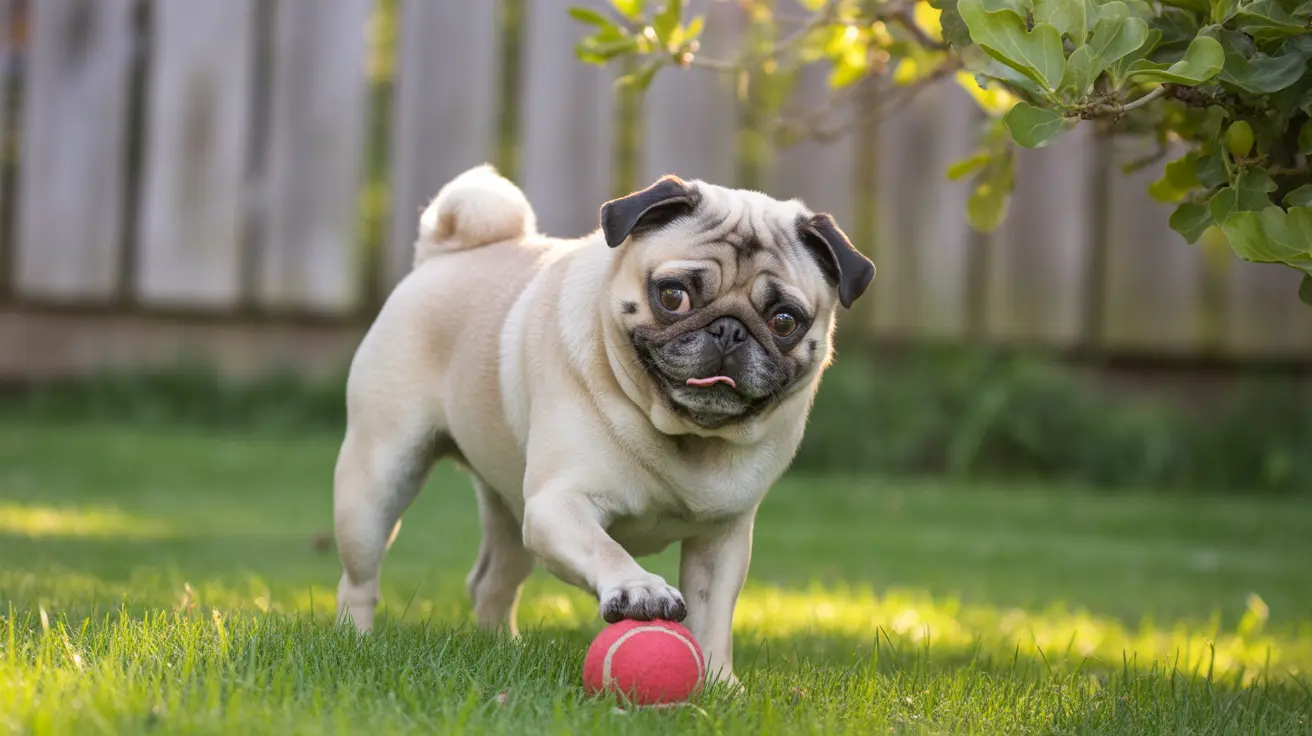Best Home Remedies for Red Eyes in Dogs and When to Seek Help
Red or bloodshot eyes in dogs are often a sign of inflammation and can range from mild irritation to indicators of severe health issues. While home care can help manage minor eye discomfort, recognizing when veterinary attention is necessary is vital for maintaining your dog’s vision and comfort.
Common Causes of Red Eyes in Dogs
- Allergies: Environmental triggers like pollen and dust can cause redness and watery eyes.
- Conjunctivitis: Inflammation leads to redness, discharge, and discomfort.
- Eye Injuries: Scratches or foreign objects may introduce serious problems.
- Dry Eye (Keratoconjunctivitis Sicca): Reduced tear production causes inflammation and discomfort.
- Cherry Eye: Gland prolapse presents as a red mass, commonly needing surgery.
- Glaucoma: Increased eye pressure can result in redness and blindness if untreated.
- Uveitis: Inflammation of internal eye structures causes pain and light sensitivity.
- Corneal Ulcers: Often due to trauma or infection, resulting in discharge and redness.
- Blepharitis: Eyelid inflammation leading to swelling and irritation.
- Breed Predispositions: Flat-faced breeds are especially prone to eye issues.
- Exhaustion: Mild redness from lack of sleep is typically temporary.
- Foreign Objects: Seeds or sand may irritate the eyes after outdoor activity.
- Systemic Diseases: Conditions like diabetes may manifest through red eyes.
- Tumors: Masses in or around the eye require prompt diagnosis.
Best Home Remedies for Red Eyes
- Warm Compress: Gently apply a clean, damp, warm cloth to the eye for a few minutes to soothe irritation.
- Eye Cleaning: Remove discharge carefully using sterile saline or prescribed ophthalmic solution.
- Limit Exposure: Keep your dog indoors during high pollen seasons and avoid dusty environments.
- No Rubbing: Prevent your pet from scratching or pawing at the eye; use an e-collar if necessary.
- Observation: Monitor symptoms closely. If they worsen or persist after a day or two, consult a vet.
What Not to Do
- Avoid Human Medications: Do not use over-the-counter eye drops unless under veterinary advice.
- Don't Delay: Early intervention can prevent permanent damage.
When to Seek Immediate Veterinary Help
Consult your vet immediately if your dog shows any of the following signs:
- Severe or worsening redness
- Marked swelling, cloudiness, or bleeding from the eye
- Vision loss or trouble seeing
- Thick yellow or green discharge
- Extensive pawing or inability to open the eye
- Systemic symptoms like fever, vomiting, or collapse
How Vets Diagnose the Issue
Veterinarians perform thorough exams and may use:
- Fluorescein stain: Detects scratches or ulcers.
- Schirmer Tear Test: Tests for adequate tear production.
- Tonometry: Measures intraocular pressure for glaucoma or uveitis detection.
- Blood Tests & Imaging: Rule out infections, systemic disease, or tumors.
Veterinary Treatment Options
- Medications: Antibacterial, anti-inflammatory, or antiviral eye drops.
- Oral Therapies: When systemic treatment is required.
- Surgery: For conditions like cherry eye or tumors.
- Supportive Care: Including warm compresses and discharge cleaning.
- Disease Management: Addressing root causes like allergies or high blood pressure.
Preventive Measures
- Observe your dog’s eyes regularly for changes or abnormalities.
- Maintain clean environments free from irritants.
- Avoid letting your dog hang their head out of car windows, minimizing risk for foreign particles.
- Have regular vet checkups, especially for high-risk breeds.
Conclusion
Red eyes in dogs may indicate anything from minor irritants to severe illness. While warm compresses and eye cleaning can offer temporary relief, always prioritize veterinary evaluation. Addressing eye problems promptly protects your dog’s health and prevents long-term vision issues.





